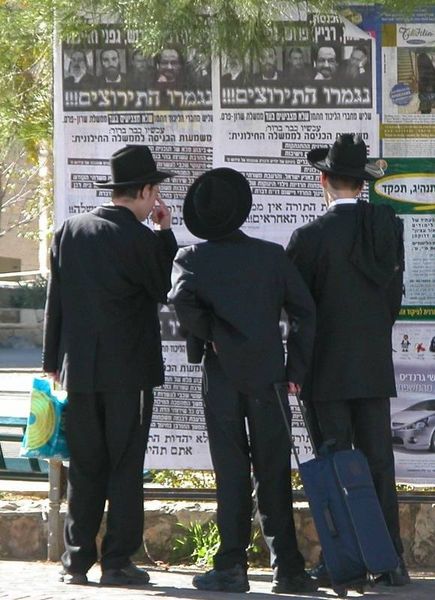Bochur on:
[Wikipedia]
[Google]
[Amazon]
 ''Bochur'' (, plural: ''bochurim'' ) literally means "young man" in Hebrew. Historically, among the
''Bochur'' (, plural: ''bochurim'' ) literally means "young man" in Hebrew. Historically, among the
 ''Bochur'' (, plural: ''bochurim'' ) literally means "young man" in Hebrew. Historically, among the
''Bochur'' (, plural: ''bochurim'' ) literally means "young man" in Hebrew. Historically, among the Ashkenazi Jews
Ashkenazi Jews ( ; also known as Ashkenazic Jews or Ashkenazim) form a distinct subgroup of the Jewish diaspora, that emerged in the Holy Roman Empire around the end of the first millennium CE. They traditionally speak Yiddish, a language ...
"bochurim" (specifically "yeshiva
A yeshiva (; ; pl. , or ) is a traditional Jewish educational institution focused on the study of Rabbinic literature, primarily the Talmud and halacha (Jewish law), while Torah and Jewish philosophy are studied in parallel. The stu ...
bochurim", ) came to denote young bachelor men who studied Talmud
The Talmud (; ) is the central text of Rabbinic Judaism and the primary source of Jewish religious law (''halakha'') and Jewish theology. Until the advent of Haskalah#Effects, modernity, in nearly all Jewish communities, the Talmud was the cen ...
. Due to the 14th century calamities for the Jews in Europe, including pogroms and other persecutions associated with the Black Death
The Black Death was a bubonic plague pandemic that occurred in Europe from 1346 to 1353. It was one of the list of epidemics, most fatal pandemics in human history; as many as people perished, perhaps 50% of Europe's 14th century population. ...
, the prosperity in Jewish communities dwindled and many families could not afford to pay for (religious) education. At the same time many Jewish educational establishments were closed or could not to afford accept many students. This contributed to the emergence of the phenomenon of itinerant ''bochurim'' who traveled across the Europe with temporary stops at places where they could get a piece of education, supported by local Jewish communities, "Bahur" in ''Jewish Encyclopedia'' s:ru:ЕЭБЕ/Бахур, ''Brokhaus and Efron Jewish Encyclopedia'' see " Essen teg".
Notes
References
Jewish culture Medieval Jewish history History of the Jews in Europe Jewish education Jewish life cycle {{Judaism-stub